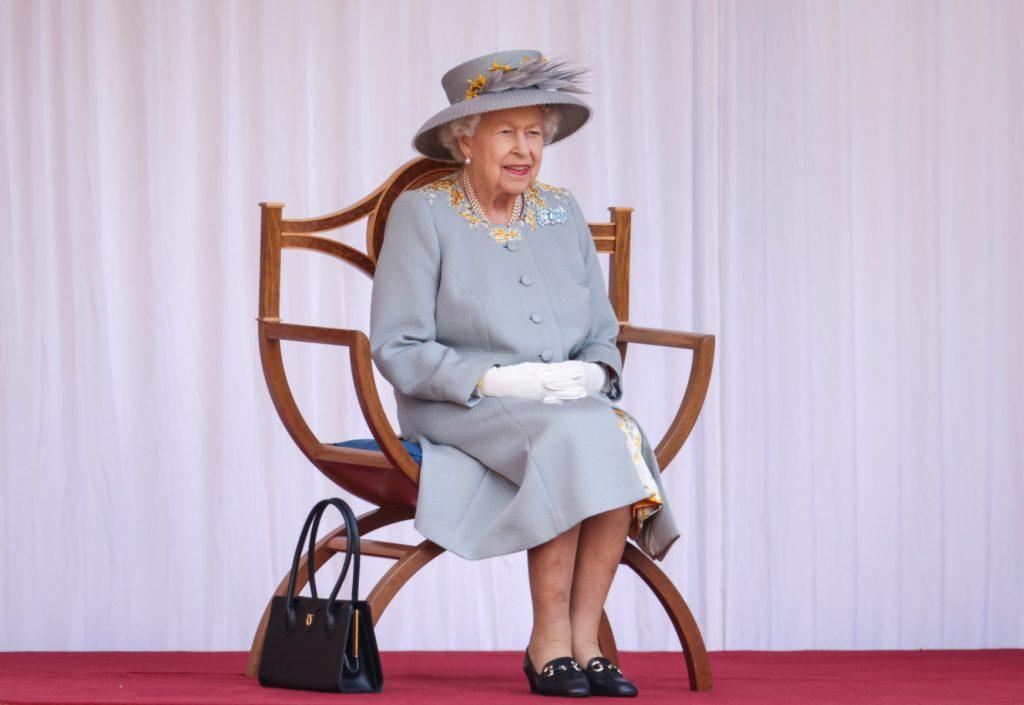Queen’s jubilees chronicle changing times in Britain
Queen Elizabeth II's Platinum Jubilee celebrations will be only the ninth such celebration by a British monarch since king George III in 1809.
Just In
Queen Elizabeth II’s Platinum Jubilee celebrations will be only the ninth such celebration by a British monarch since king George III in 1809.
Both she and queen Victoria, who ruled from 1837 to 1901, have had silver, golden and diamond events to mark their 25th, 50th and 60th years as monarch.
But Elizabeth is the only one to celebrate her 70th year on the throne.
1977 Silver Jubilee
The festivities saw nationwide communal street parties, with Union Jack flags in abundance.
Some one million people thronged central London to see the monarch during a carriage procession, while she also made a River Thames boat trip and toured 36 counties of the UK with her husband, Prince Philip.
They also travelled an estimated 56,000 miles (90,100km), visiting Commonwealth countries in Pacific islands, New Zealand, Australia, Canada and the Caribbean.
A limited number of new 25-pence coins were minted and the London Underground’s newest addition was named the Jubilee Line.
“These 25 years have seen much change for Britain,” Queen Elizabeth said in a speech to parliament.
“No longer an imperial power, we have been coming to terms with what this means for ourselves and for our relations with the rest of the world,” she said.
She noted that joining the European Community – the EU’s forerunner – had been “one of the most significant decisions” of her reign.
She also heralded advances in medicine, science, and technology, including television.
But with the UK economy on the skids, not everyone felt like partying.
The Sex Pistols released their anti-authoritarian punk anthem “God Save The Queen”, which was banned by the BBC.
2002 Golden Jubilee
The 1990s were marked by a trio of royal divorces, a fire at Windsor Castle and princess Diana’s death.
That, and a plunge in the popularity of the royal family, led to predictions the event would be a flop.
But the Golden Jubilee defied expectations of cynicism and apathy.
The queen lost her sister princess Margaret that February and her 101-year-old mother queen Elizabeth in March, triggering widespread public sympathy.
Street parties again featured in the four-day-long weekend in June.
A Buckingham Palace garden pop concert in front of 12,000 people was crowned by Queen guitarist Brian May playing the national anthem on the roof, as a million people filled the streets outside.
Performers included Paul McCartney, Eric Clapton, Tom Jones, Brian Wilson, Shirley Bassey, Rod Stewart, Tony Bennett, Cliff Richard, and even Ozzy Osbourne.
The monarch’s grandsons, princes William and Harry, were seen in public with their future stepmother Camilla for the first time.
A palace balcony appearance was topped by a Concorde flypast.
“It has been a pretty remarkable 50 years by any standards,” the queen said.
“There have been ups and downs, but anyone who can remember what things were like after those six long years of war, appreciates what immense changes have been achieved since then.
“I think we can look back with measured pride.”
Besides a three-month tour of Britain, she also visited Jamaica, New Zealand, Australia and Canada.
2012 Diamond Jubilee
The 2012 jubilee came in the same year that London hosted the Olympics and Paralympics.
The June 2-5 celebrations saw a river pageant, beacons lit, a thanksgiving service and a pop concert.
The pageant of 1,000 boats was the largest flotilla on the Thames in 350 years. An estimated 1.2 million people lined the riverbanks to watch, despite torrential rain.
The concert, in front of Buckingham Palace, was put together by Take That’s Gary Barlow and featured Kylie Minogue, Robbie Williams, Elton John, Stevie Wonder, Ed Sheeran, Madness and Paul McCartney.
Prince Charles, in its closing speech, thanked his “mummy” for “making us proud to be British,” to huge cheers.
An estimated 8.5 million people took part in Big Jubilee Lunch gatherings, which replaced street parties.
Elizabeth and Philip toured Britain, while other royals visited Commonwealth countries, including Prince Harry, who raced sprint superstar Usain Bolt in Jamaica.
The Houses of Parliament’s clock tower was renamed the Elizabeth Tower and the Olympic Park also took on her name.
The slimmed-down Buckingham Palace balcony appearance featured just Elizabeth, Charles and his family, signalling the monarchy’s future direction.
“I dedicate myself anew to your service,” she said in a jubilee message, calling it “a time to give thanks for the great advances that have been made since 1952 and to look forward to the future with clear head and warm heart.”
Subscribe to our newsletter
To be updated with all the latest news and analyses daily.
